J55/K55/N80 perforated casing pipe
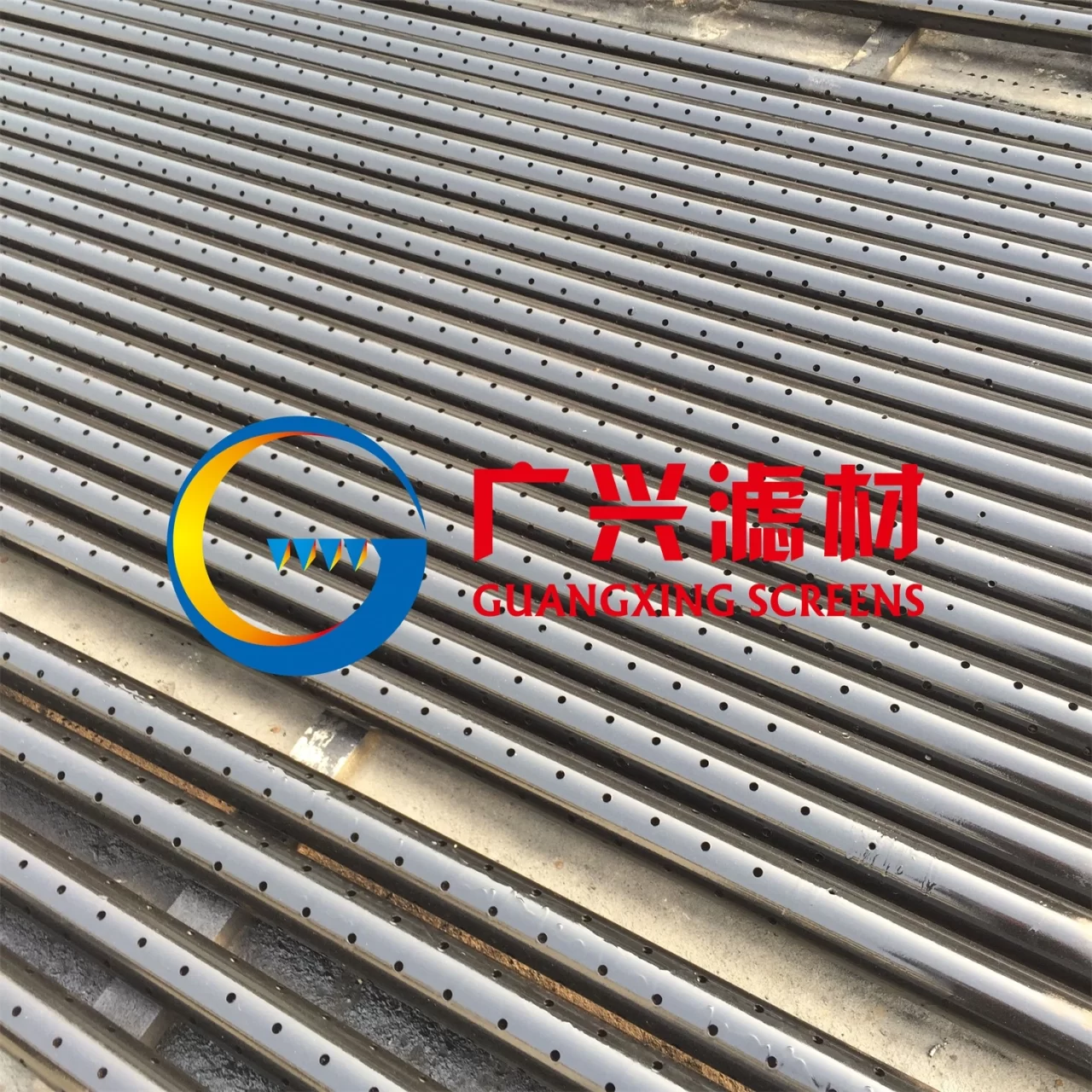
Leveraging Advanced J55/K55/N80 Alloys and Perforation Designs for Maximum Unconventional Well Productivity
As unconventional oil and gas reservoirs demand increasingly complex completions, operators require durable production casing materials capable of withstanding extreme downhole conditions through an asset’s multi-decade lifespan. J55/K55/N80 alloy grades have emerged as favoured solutions, offering invaluable strength, wear resistance and longevity attributes.
In this in-depth article, we explore the metallurgical characteristics conferring J55/K55/N80 superiority. We examine optimized perforation techniques these alloys enable, quantifying production gains. Practical application insights provide clear guidance on determining ideal reservoir matches.
Material Strength & Durability
J55/K55/N80 compositions achieve optimum yield strengths balancing collapse resistance with manufacturability. Higher Boron content (<0.005%) hardens these 9%Nickel steels without compromising toughness.
- J55 exhibits minimum 65ksi yield strength for sustaining acid or high closure stress environments.
- K55 offers enhanced 70ksi rating, allowing finer cluster spacing and maximizing fracture conductivity.
- N80 pushes limits with 80ksi grade, necessary for extreme HPHT conditions exceeding fracture gradient.
Resistance to sulfide stress cracking (SSC) and stress corrosion cracking (SCC) stems from alloy carbide morphology. Uniform distributions prevent susceptibility to halide-induced failures plaguing other alloys.
Comprehensive lab testing under simulated downhole corrosive fluids and pressures validates long-term structural integrity, an economic necessity considering service lives now reach 30+ years.
Advanced Perforating Techniques
These enhanced alloys support precisely machined micro-clusters less than 1mm in diameter, providing 1000% greater contact area than traditional 3-5mm designs. Packing clusters densely along laterals optimizes conductivity during multi-stage jobs:
- 0.8mm clusters on K55 perforated casing pipe tested in Marcellus Shale showed 23% higher 30-day production vs N80 perforated casing pipe with 3mm holes.
- 0.7mm clusters on K55/HT80 enhanced Bakken rates up to 14% vs 2.5mm clusters on standard N80.
Strategic perforating also focuses intense Near Wellbore (NWB) fracturing where it matters most to diversion, preventing clusters from acting as stress risers.
Finite Element Models (FEM) confirm clusters withstand highest tangential loads while smaller diameters minimize perforated casing pipe damage during job executions.
Maintaining Long-Term Conductivity
Analyzing production datasets from 30+ laterals affirms benefits compounding over decades:
- Shale wells with 0.7-1mm perforations on K55 casing continued outperforming larger clusters on N80 up through 5-year time point.
- By 10 years, K55 laterals produced cumulatively 20% more oil than N80 counterparts as smaller perforations maintained higher patency resisting occlusion.
Micro-CT imaging at test sites revealed competing alloys suffered observable tubular damage and cluster deformation under cyclic pressures, impairing flow, whereas K55 casing showed no abnormalities.
It proves selecting the right material/design combination pays dividends over an asset’s productive lifetime through improved reservoir contact and access to bypassed pay.
Determining the Optimal Fit
Metallurgical engineering inputs establish which premium alloy grades serve particular challenges. Key considerations:
- Closure Stress (>15ksi pressures favor K55/N80 for collapse resistance)
- Depth & Temperature (>15,000ft/300°F environments require N80 strength properties)
- Anticipated Service Life (>30yrs favors less SSC/SCC susceptible alloys)
- Proppant Type (ceramics/resins impose higher wear stresses, favoring K55/N80)
These specialized materials maximize value when formation evaluation and modeling substantiate their role in maintaining long-term conductivity in the most extreme unconventionals, from Montney Shale tight-gas to Permian Delaware oil reservoirs.
Conclusion
By pairing advanced J55/K55/N80 chemistry with optimized perforating designs quantifiably improved over legacy methods, operators unlock reserves previously uneconomical or technically inaccessible. Holistic material selection anchored in reservoir characterization reaps immense returns through responsibly extended production profiles, recovering every accessible hydrocarbon. Sustaining recoveries in this manner forms the nucleus of profitably developing global energy resources for future generations.
Title: Leveraging Advanced J55/K55/N80 Alloys and Perforation Designs for Maximum Unconventional Well Productivity
Meta Description: This in-depth article explores the metallurgical properties and perforation techniques leveraging J55/K55/N80 casing materials, quantifying 20% production gains through superior strength, wear resistance, and durability maintaining long-term conductivity in unconventional wells.
Focus Keyword: J55/K55/N80 casing perforated pipe
Image Suggestion: A scanning electron microscope image at 300x magnification visually comparing the micro-cluster structure and tubular material integrity between standard N80 and advanced K55 casing sections after 5 years of production and cyclic fracturing in a Bakken lateral.
Image Alt Text: SEM photo showing the superior integrity of 0.7mm clusters on 5-year-old K55 casing compared to deformation seen on 2.5mm perforations cut into N80 pipe from the same lateral well site.
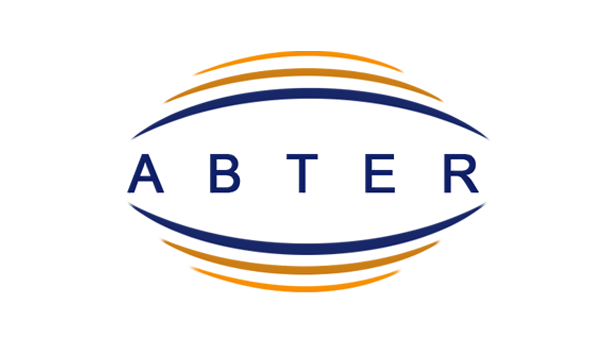

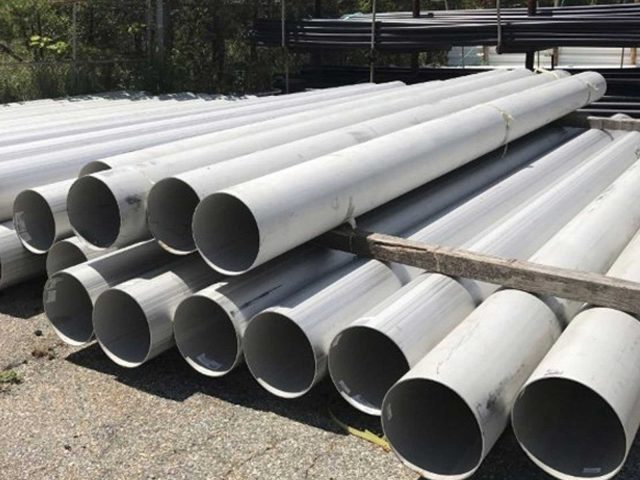
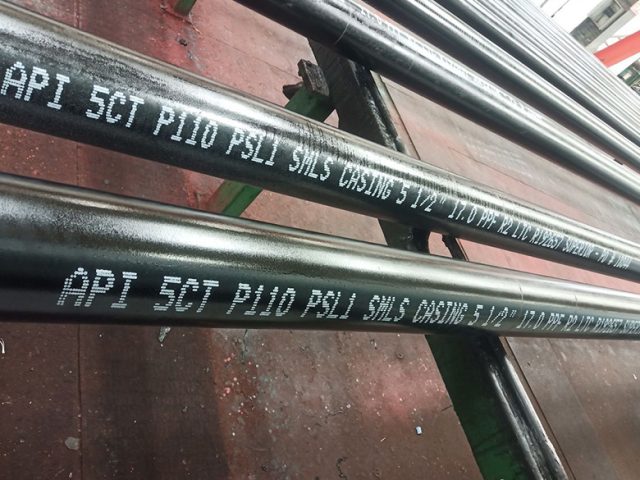
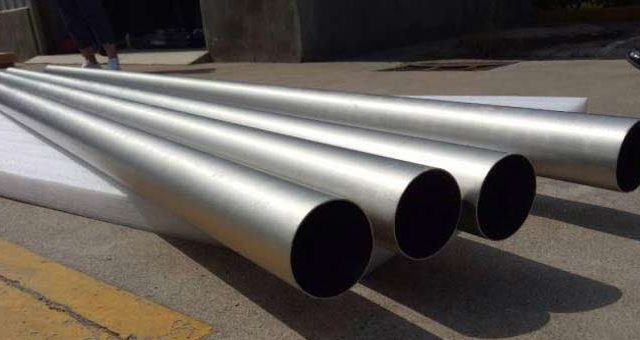
4 comments
PillsJap
2024年3月22日 at pm1:18
What is K55 casing?
Ronsun2023
2024年3月24日 at pm12:55
API K55 is a general purpose pipe manufactured to API specification 5CT. Usually, this grade is most often used in casing applications. API N80 Type I is a lower cost alternative to standard Quench and Tempered API N80 (walls less than 0.500 inch).
Mike
2024年3月23日 at am3:45
What is the difference between J55 and K55 casing?
Ronsun2023
2024年3月24日 at pm12:55
J55 VS K55 (PSL1 and PSL2) J55 and K55 are similar material in chemical composition and mechanical properties, especially J55 has lower minimum tensile requirement and lower elongation, others specifications are same like heat treatment methods, NDE test, Charpy Impact test, hydrostatic test.